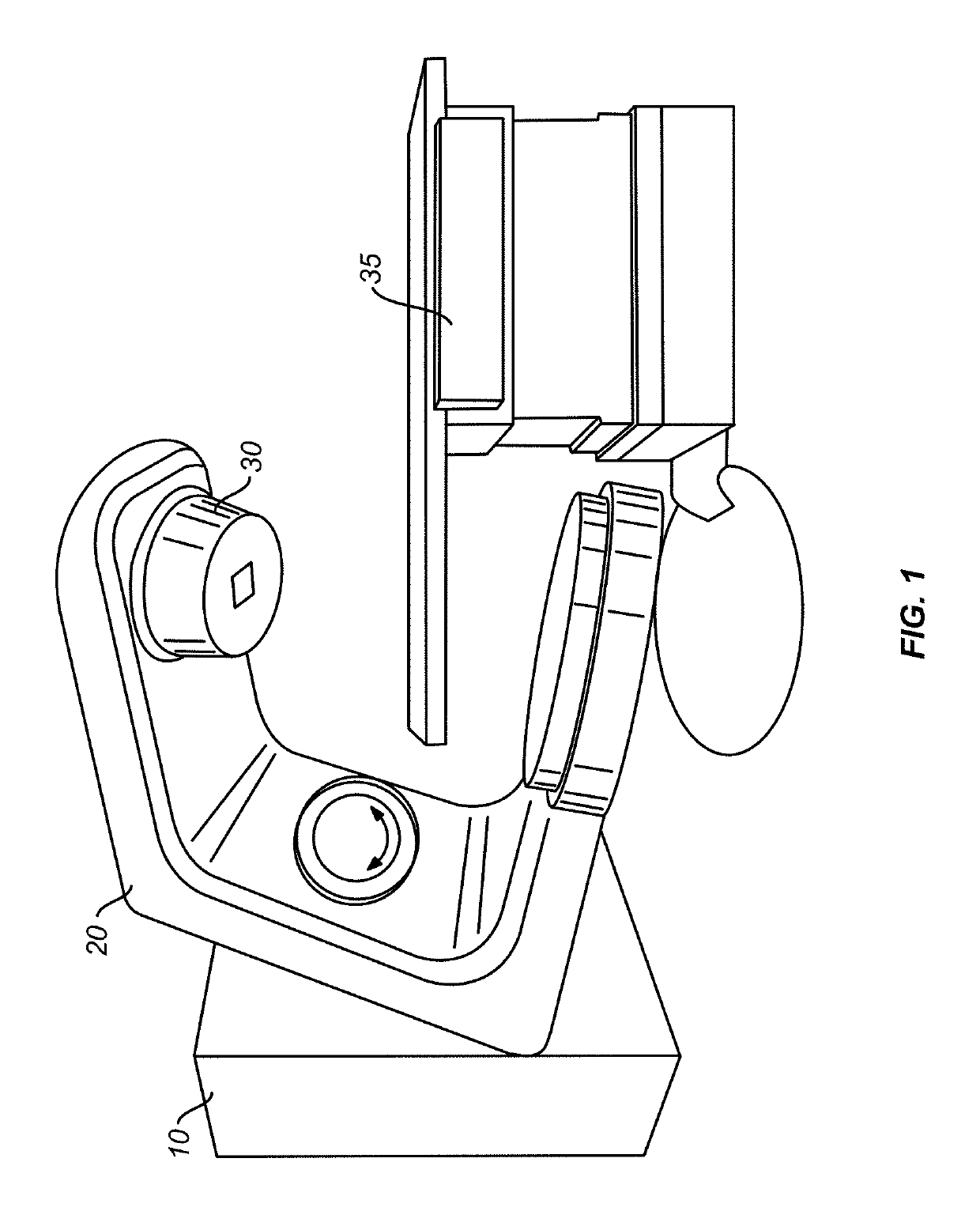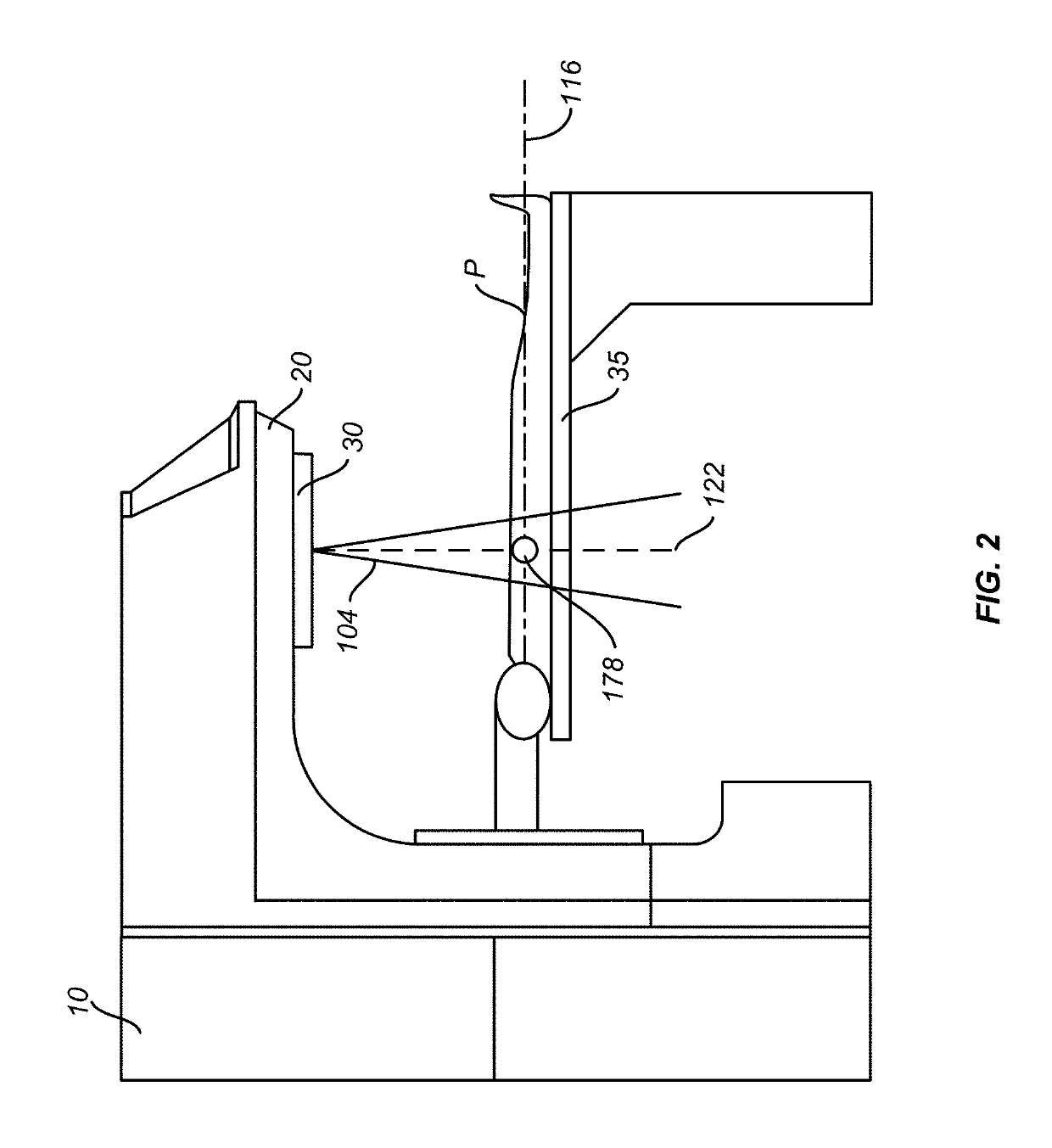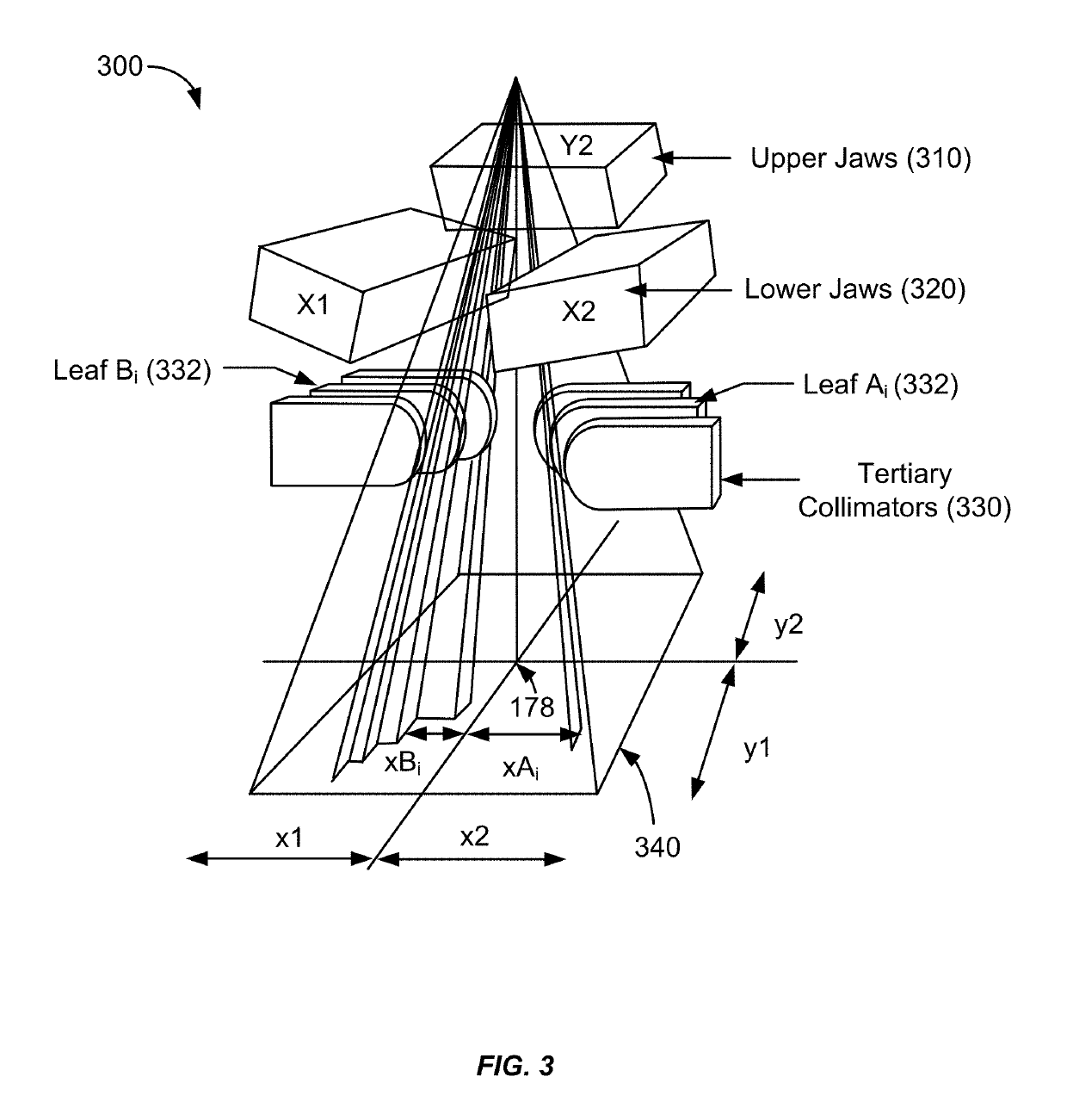Optimization of radiation treatment plans for optimal treatment time in external-beam radiation treatments
a radiation treatment and optimal technology, applied in radiation therapy, x-ray/gamma-ray/particle irradiation therapy, therapy, etc., can solve the problems of slow process of administering a complex series of fields, complex inverse problem for developing arc therapy plans, and difficult task of radiologists to develop treatment plans
- Summary
- Abstract
- Description
- Claims
- Application Information
AI Technical Summary
Benefits of technology
Problems solved by technology
Method used
Image
Examples
Embodiment Construction
[0037]In one aspect of the present invention, in a radiation treatment plan that includes a plurality of treatment fields of multiple treatment modalities, such as IMRT modality and dynamic treatment path modality (e.g., VMAT and conformal arc therapy), an optimized spatial point sequence may be determined that optimizes the total treatment time, which includes both the beam-on time (i.e., during the delivery of radiation dose) and the beam-off time (i.e., during transitions between consecutive treatment fields). The spatial points that define directions of incidence of radiation in the plurality of treatment fields are received as input. An optimization algorithm reorders the chronological order of the spatial points to achieve an optimized treatment field trajectory that optimizes the total treatment time. The spatial points during beam-on are not modified by the optimization process. Any new spatial points introduced are ones at which no dose is delivered. In some embodiments, th...
PUM
 Login to View More
Login to View More Abstract
Description
Claims
Application Information
 Login to View More
Login to View More - R&D
- Intellectual Property
- Life Sciences
- Materials
- Tech Scout
- Unparalleled Data Quality
- Higher Quality Content
- 60% Fewer Hallucinations
Browse by: Latest US Patents, China's latest patents, Technical Efficacy Thesaurus, Application Domain, Technology Topic, Popular Technical Reports.
© 2025 PatSnap. All rights reserved.Legal|Privacy policy|Modern Slavery Act Transparency Statement|Sitemap|About US| Contact US: help@patsnap.com



